Initially, the Wylam Waggonway was built with wooden rails, 3.5 inches wide and 4.5 inches deep attached to stone sleepers at 18 inch intervals, at a gauge of 5 feet 0.5 inches. Each loaded chaldron waggon was pulled by a single horse and needed one man as driver. They could make three trips every shift. The route was mainly level and ran alongside the public highway between Newburn and Wylam.
In 1808, the wooden rails were replaced by iron plate rails (for unflanged wheels) which enabled a single horse to pull two waggons instead of one.
The steam locomotives Puffing Billy & Wylam Dilly were built in 1813 and 1815 respectively. The engines themselves weighed over eight tons, and their tenders a further four tons but each could haul an average load of about 50 tons (8 loaded waggons) at a speed of nearly five m.p.h.
The engines were originally mounted on four wheels, but because their weight frequently broke the cast iron rails, they had to be remounted on eight wheels two or three years later. Both these locomotives worked the line until the early 1860s.
Between 1827 and 1830, the plate rails were replaced by 4 feet long cast-iron fish-bellied edge rails (for flanged wheels) attached by iron chairs pinned to the stone sleepers.
Wylam Colliery closed in 1868 and the waggonway fell into disuse. Much of its course, west of Newburn, was used for the Scotswood to North Wylam branch of the railway line built around 1876.
This line itself closed in 1966, the track removed in 1972, and the track-bed turned into a public bridleway and cycle-track.
|
Structural Images of the North East (SINE) has a photo taken in the same year and some further information.
|
The fragmentary timber structures which survived when this image was made were probably the remains of the staiths owned by the Walbottle Coal Co. Ltd., and the Throckley Coal Co. Ltd.
Lemington was near the highest point on the north side of the Tyne suitable for coal staiths and consequently became an important point for coal shipping from quite an early date, and therefore for the convergence of waggonways. There were staiths here by 1640, and the main waggonways which served the eighteenth-century staiths, notably the Holywell Reins Way (1767), the Walbottle Moors Way (1781), the Wylam Way (1748) and the Throckley Way (1751), can still be traced. The last to remain in use were the Walbottle Staith of the Walbottle Coal Co. Ltd., and the Throckley Staith of the Throckley Coal Co. Ltd.
The river improvements of the 1880s by-passed the staiths and left this section of the river a backwater, (a new channel was cut across a large meander), but access to the staiths, and dredging of the old river bed, was continued while the staiths remained in use
Only a single cone (built c1787) has been preserved from the former Glassworks. It has been described as one of the most important industrial monuments in the North East. There are further details here. Glass manufacture continued on the site until 1882 when the land was leased to Spencer’s Iron Works.
Little now remains of John Spencer & Sons Iron Works apart from the almost derelict single storey manager's house and offices, close to the staiths, which dates from c1830. The brick Power Station was built on the site in 1903 for the Newcastle and District Electric Lighting Company, later used to power the trams, and as a substation.
The furthest away large wooden building is probably that shown in the engraving below left taken from the article on The Montagu Family of East Denton Hall by Les Turnbull who describes it as being of the Holywell Colliery Staith at Lemington.
The large wooden structure was to protect the coal from weathering which reduced its price at market. The coal was then ferried by keel boats, which each carried eight chaldron (about 20 ton), from the staith to the sea-going ships moored at Shields near the mouth of the river. These larger vessels – generally between two and three hundred tons burthen – were unable to pass beyond the bridge at Newcastle; and most captains preferred to moor at Shields rather than tackle the moving sandbanks in the river.
In Symphonic Backwater, Otis Murdoch describes a restaurant and visitor centre forming part of a journey along the Lemington Gut.
He describes how, "An interactive sculptural boardwalk connects a series of places along this backwater out into the Tyne".
There are some more details on his website and much more in his book.
Where Railways Were Born by Philip R B Brooks (1975)
Lemington & Newburn Heritage
Lemington Centre Factsheet
Northumberland & Newcastle Society - Lemington Glass Works
The Gut is Great by John Taberham (St James Heritage Group
A talk on Canary Island & the Lemington Canaries by John Taberham for the St James' Heritage & Environment Group.
World War ! at Home (BBC): Lemington - Canary Island.
 THE WOMEN'S WORK IN THE WAR INDUSTRY, 1914-1918 © IWM (Q 110272)
THE WOMEN'S WORK IN THE WAR INDUSTRY, 1914-1918 © IWM (Q 110272)
 THE WOMEN'S WORK IN THE WAR INDUSTRY, 1914-1918 © IWM (Q 110273)
THE WOMEN'S WORK IN THE WAR INDUSTRY, 1914-1918 © IWM (Q 110273)

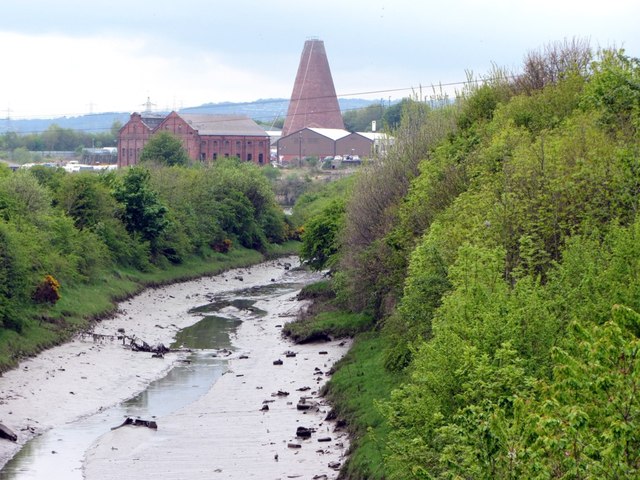

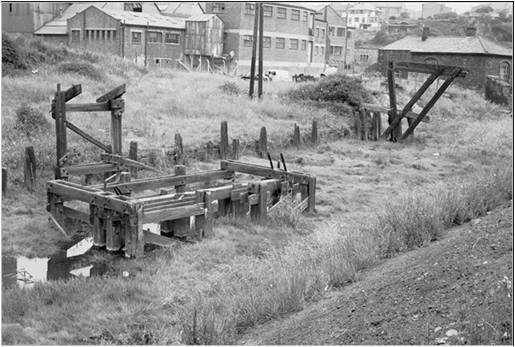
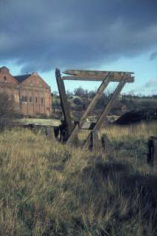
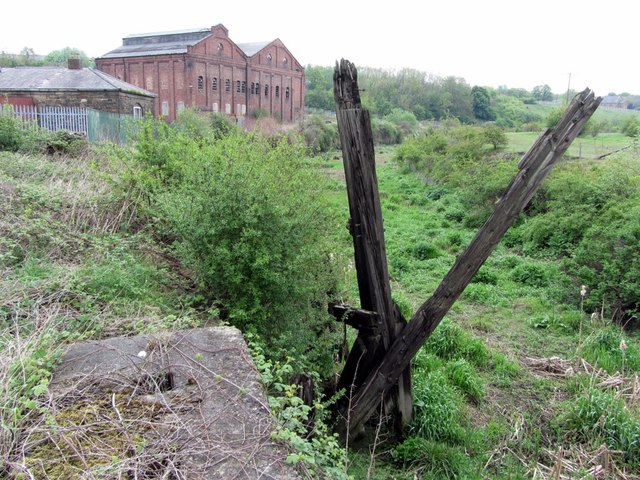
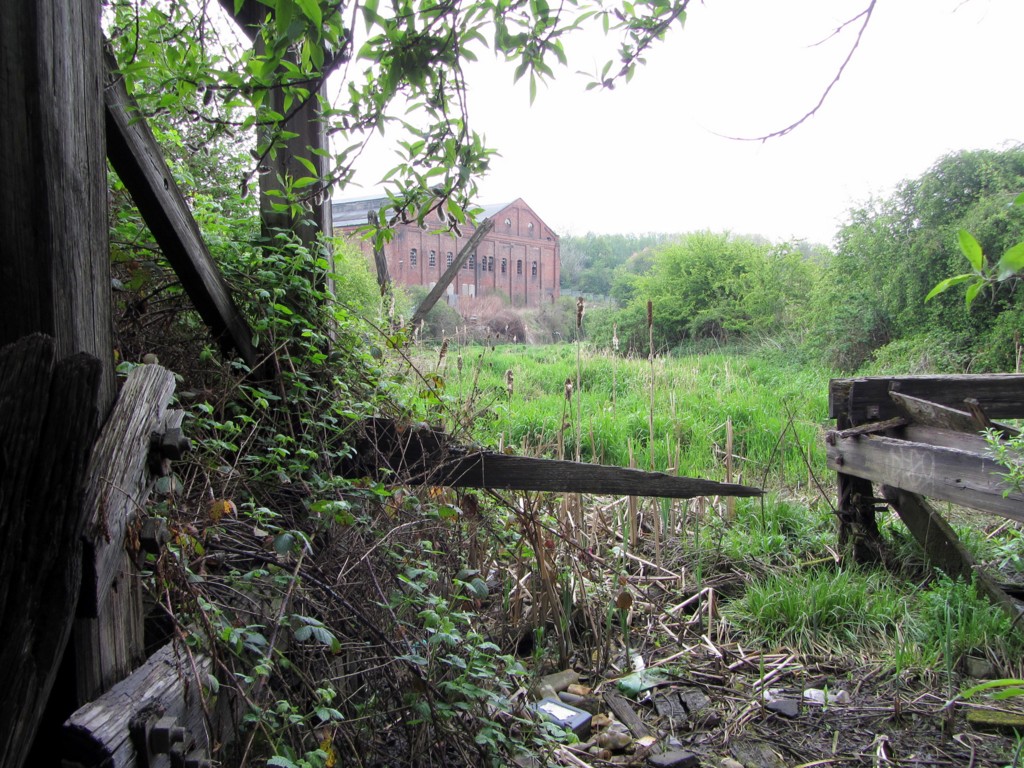
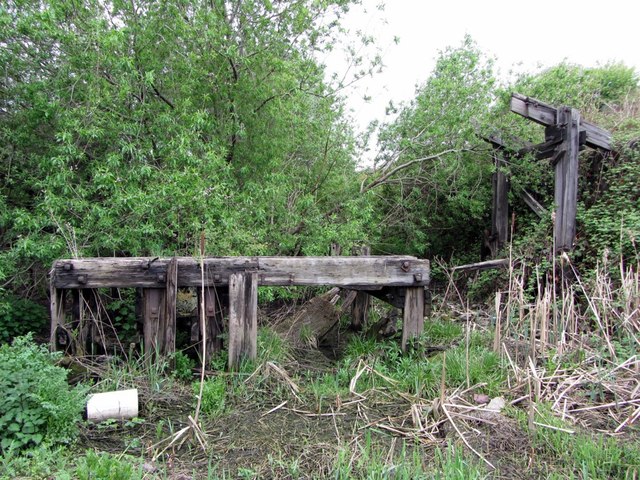
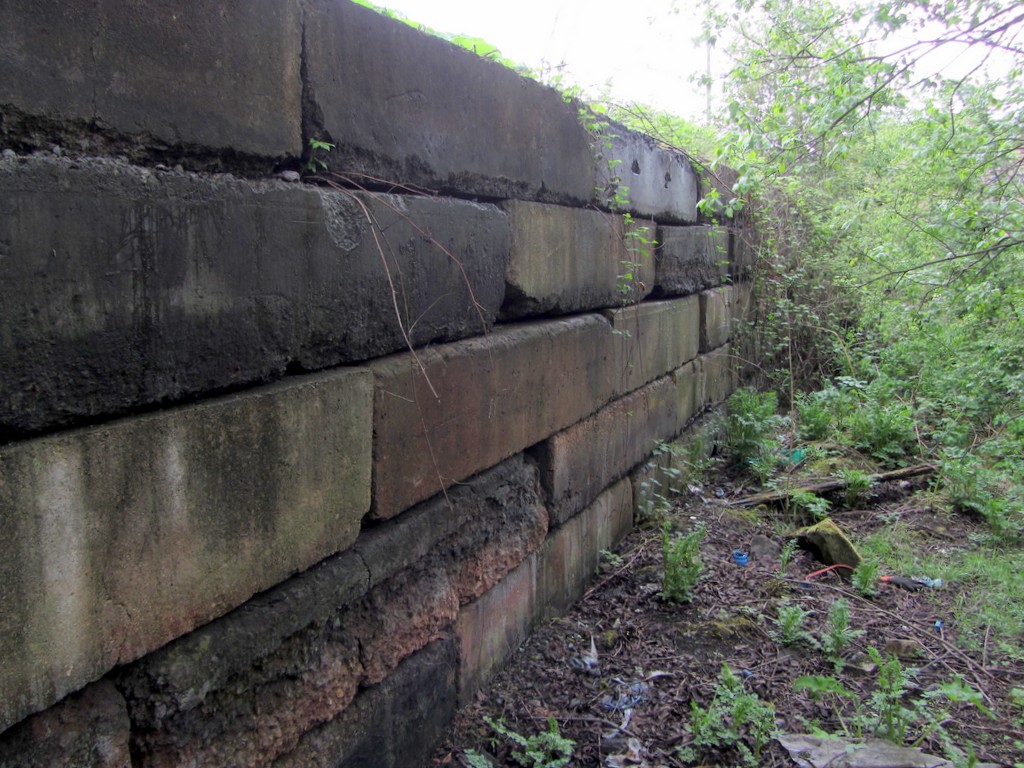
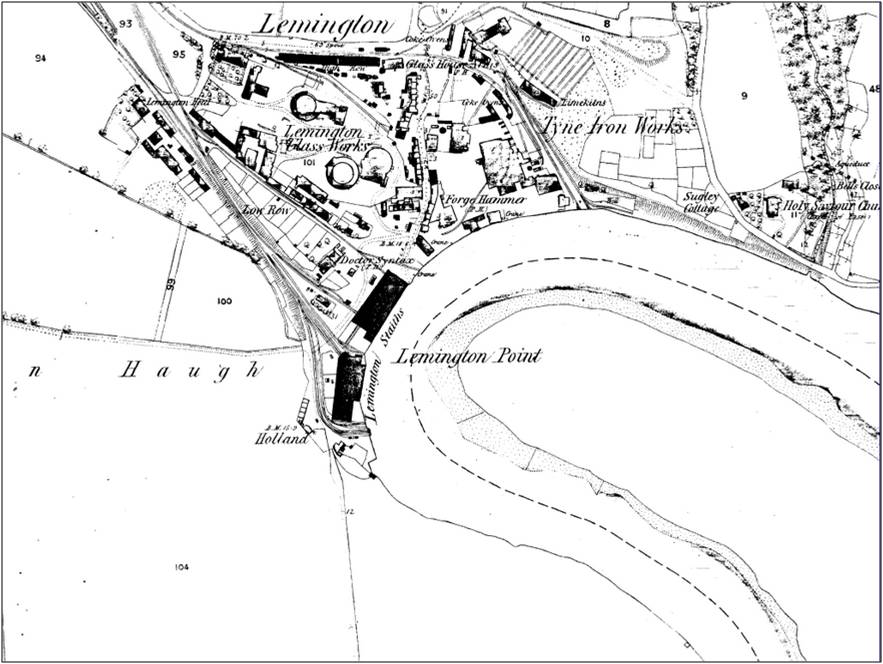
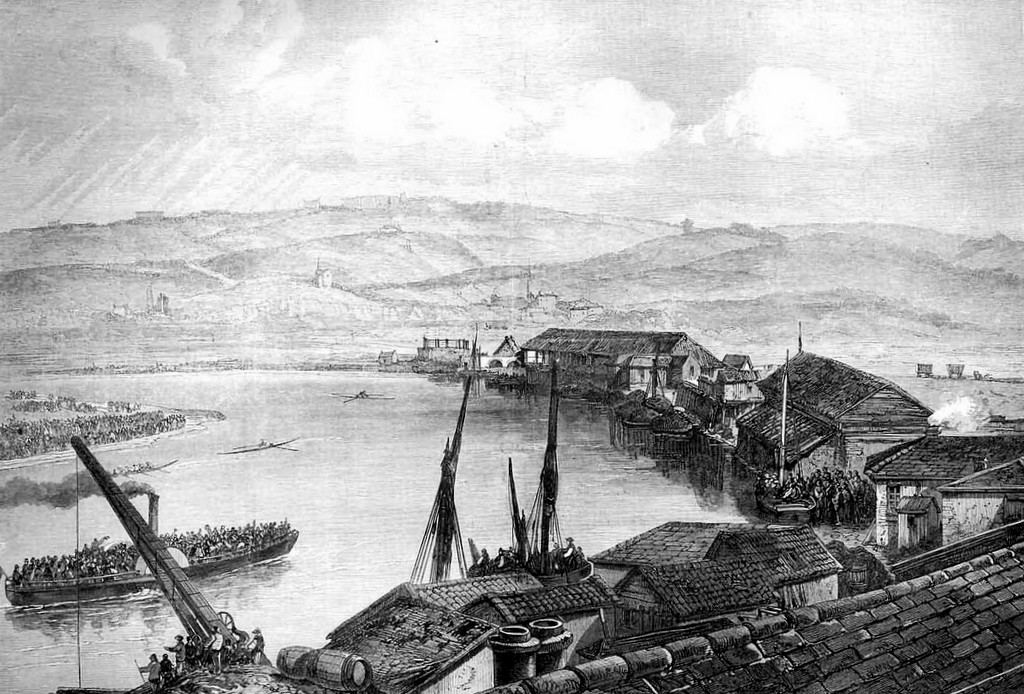
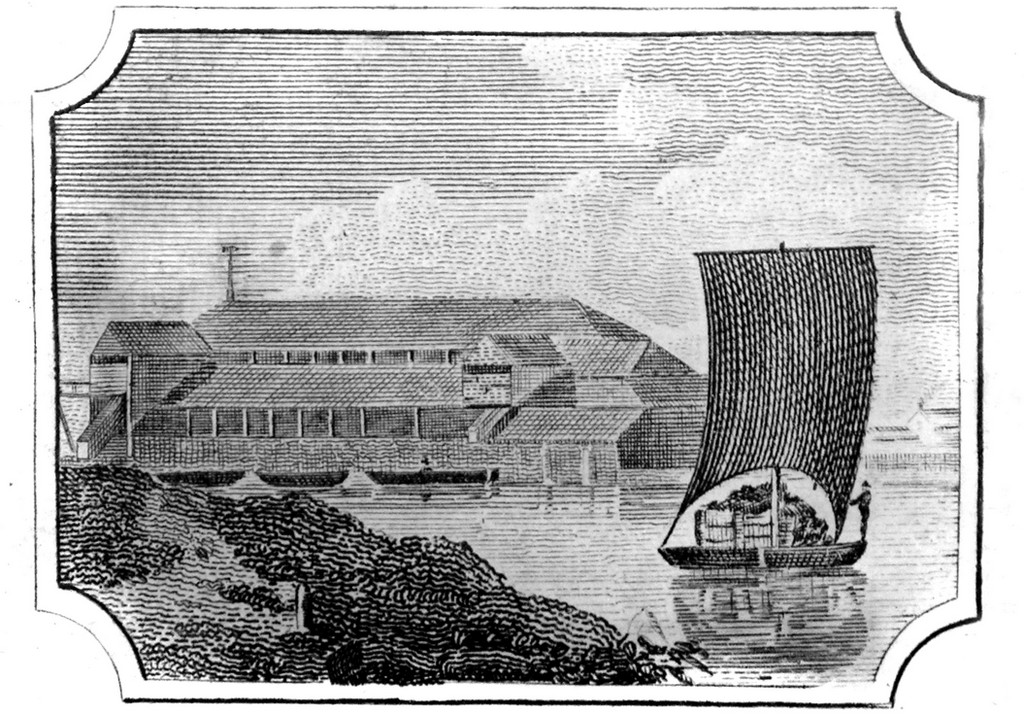
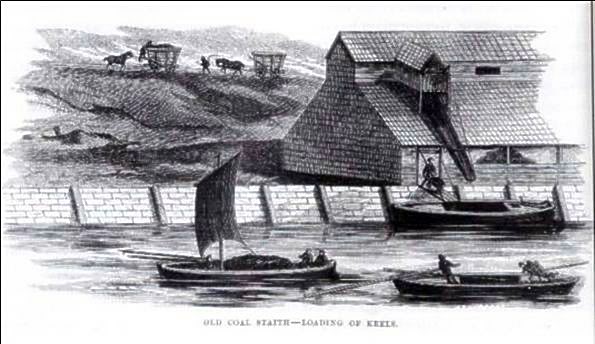
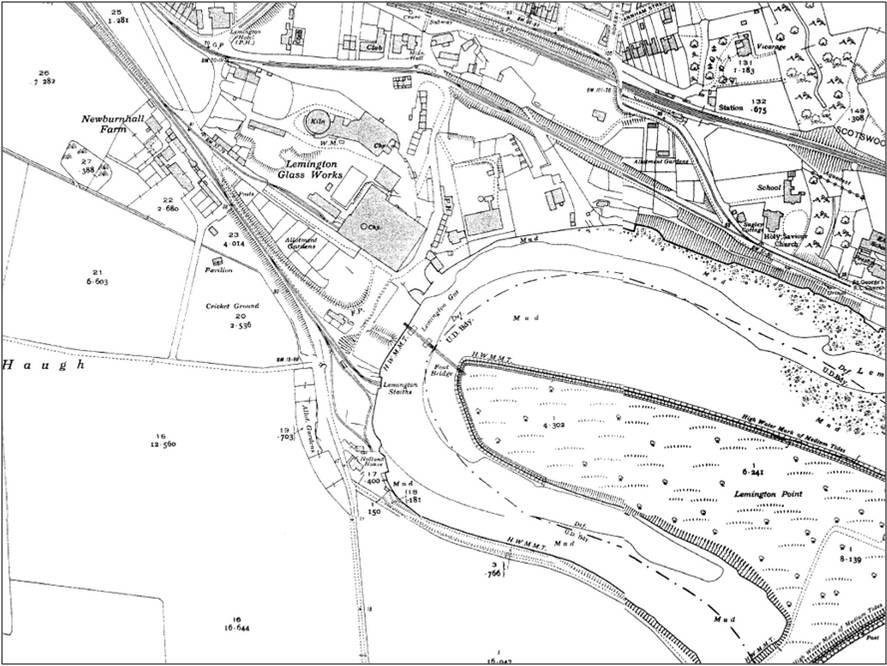
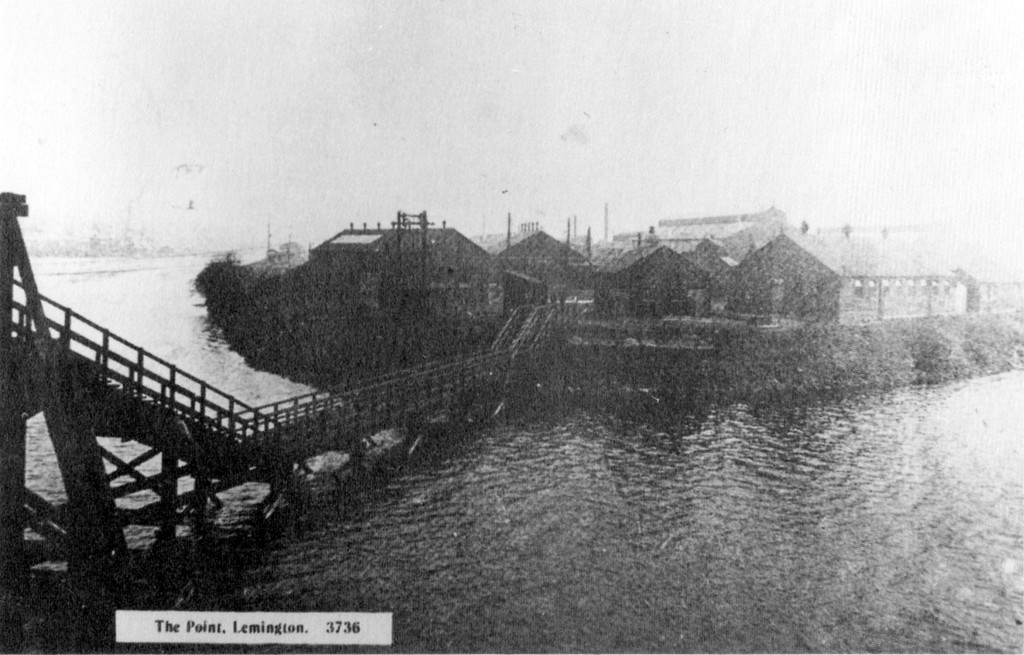
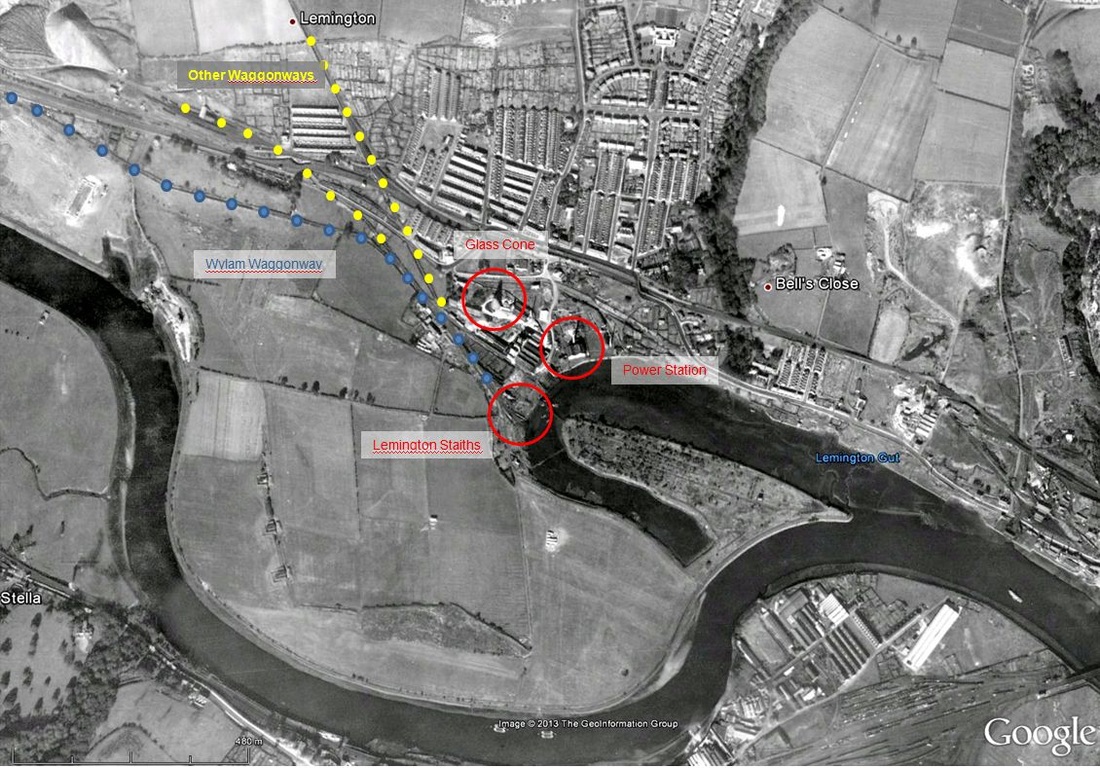
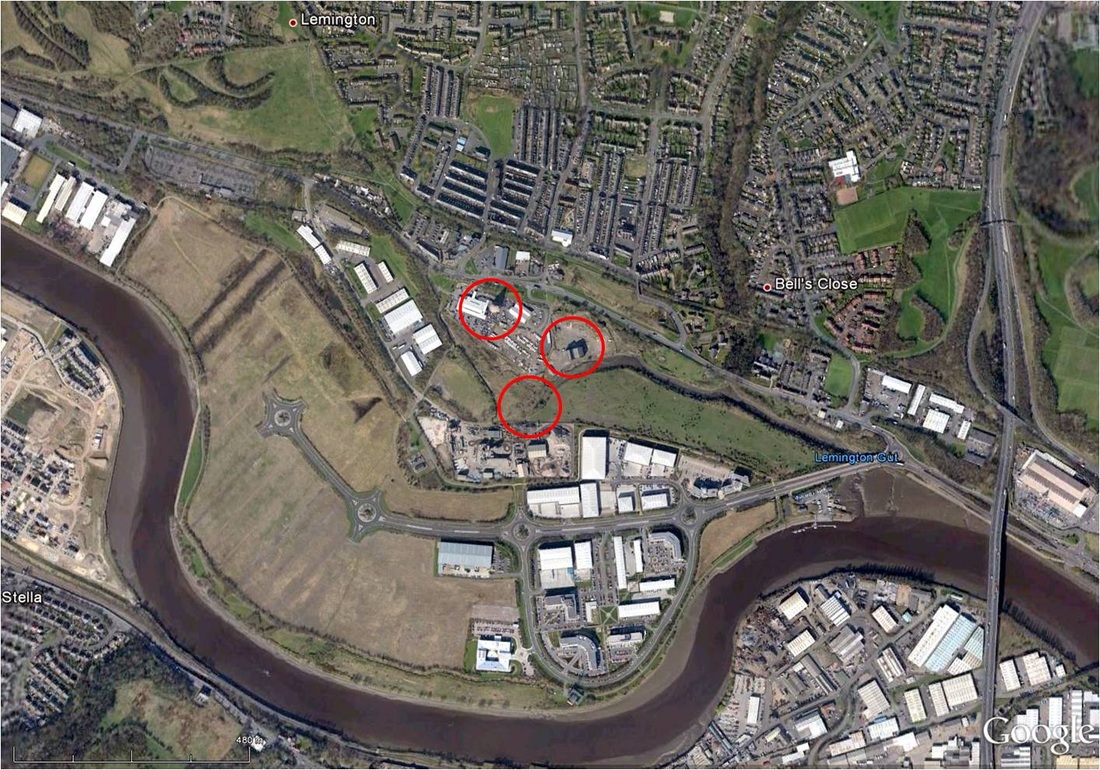
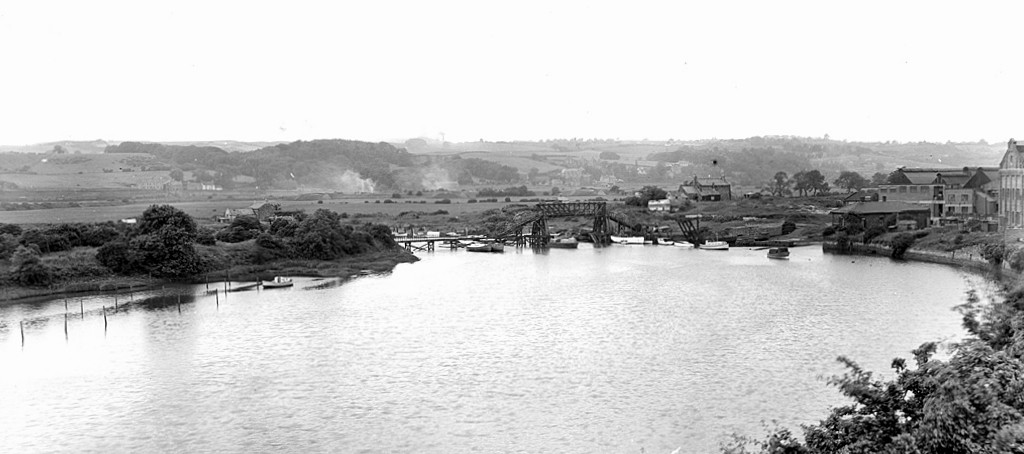
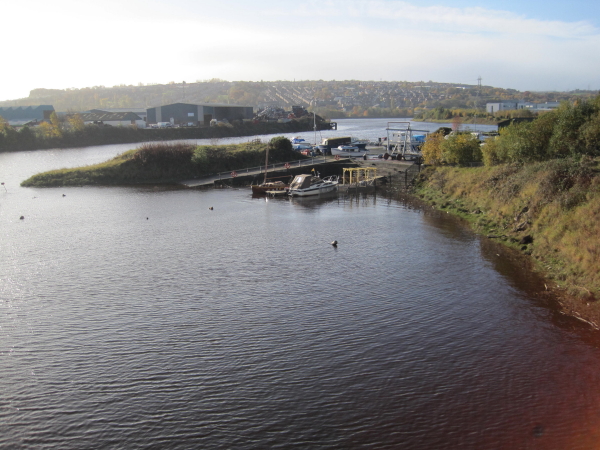
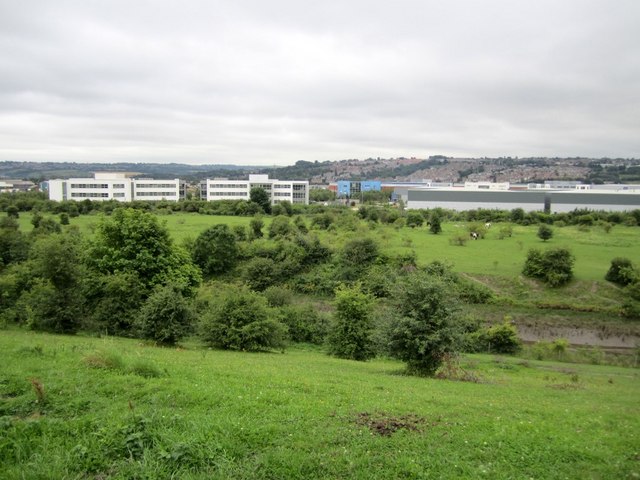

 RSS Feed
RSS Feed
